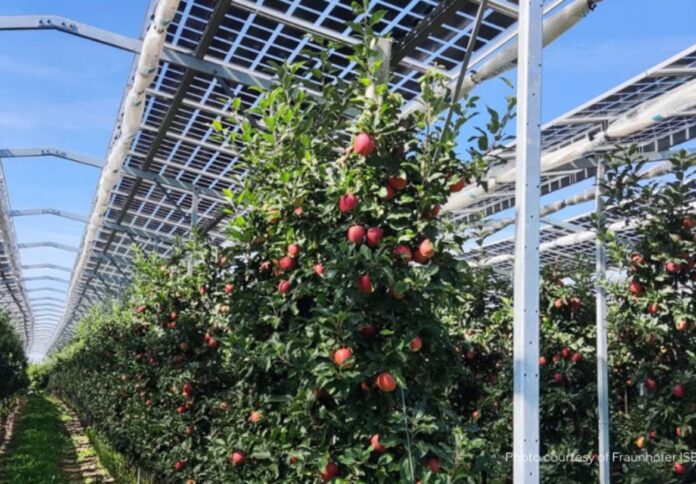
A new report co-authored by Farm Renewables Consulting and Progressive Agriculture has highlighted Australia’s massive potential in agrivoltaics, also known as the practice of co-locating agricultural production systems with solar development.
The report, titled Pursuing an Agrivoltaic Future in Australia, outlined insights from various stakeholders including farmers, government representatives, researchers, and solar developers, on the challenges and opportunities of agriculture and solar developments.
Prepared by the Agrivoltaics Resource Centre, the report revealed that agrivoltaic adoption has been slow due to knowledge gaps, economic disadvantages, poor planning, and a lack of clear policy guidance at the development stage.
Karin Stark, director of Farm Renewables Consulting and co-author of the report, noted that there is significant optimism for the feasibility of agrivoltaics in Australia but change is needed to guarantee successful outcomes.
“International studies have highlighted several benefits associated with solar over crops, such as enhanced yields in the case of certain produce like berries, tomatoes and leafy greens,” Stark said.
“Solar over vineyards has also demonstrated benefits to the sugar and alcohol content of grapes given the fruit’s sensitivity to hot weather. Overseas research has indicated advantages including increased soil moisture, reduced irrigation demands, protection from excessive heat, and safeguarding against frost and hail damage.”
According to the report, the Australian government needs to allocate funding for the development of best practice guidelines for developers, operators, and farmers for successful agrivoltaics adoption.
It also recommended collaboration between the government and the renewables industry to co-invest in ongoing essential research into agrivoltaics in different areas marked for solar development and for different farming systems, such as grazing, viticulture, and horticulture.
“Solar grazing can have clear economic benefits for both solar developers and graziers, and play an important role in achieving community support for large-scale solar development in rural areas,” said Andrew Bomm, a consultant with Progressive Agriculture and co-author of the report.
Furthermore, a coherent national framework for carbon and biodiversity incentives must be developed to optimise best practice agrivoltaics adoption across both broadacre and horticultural systems.













